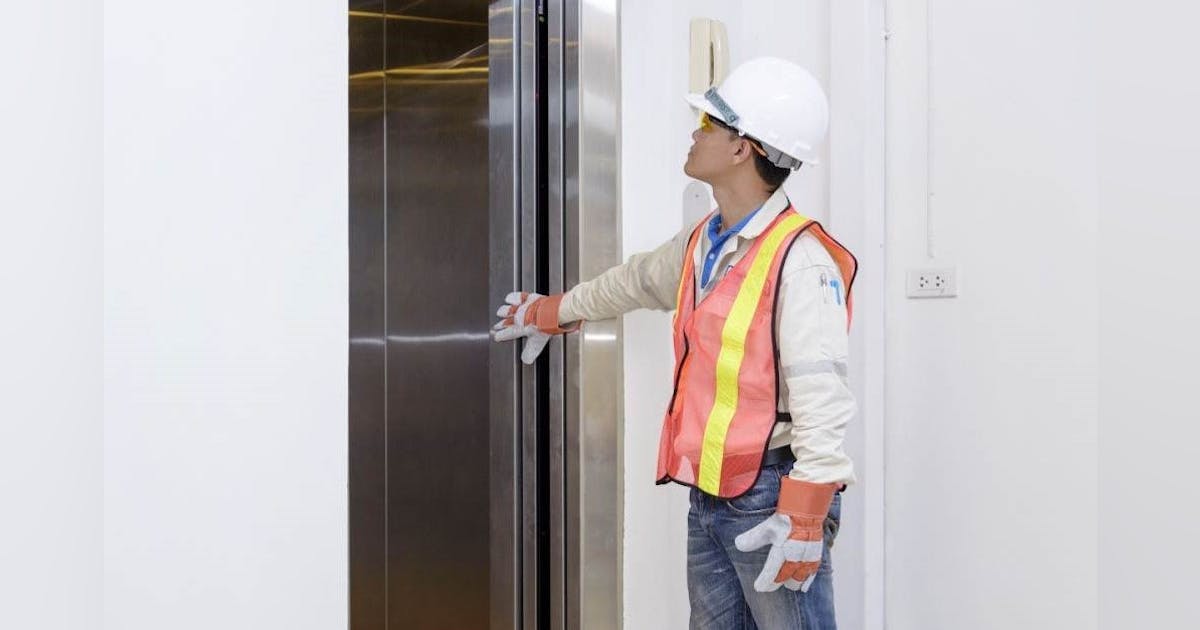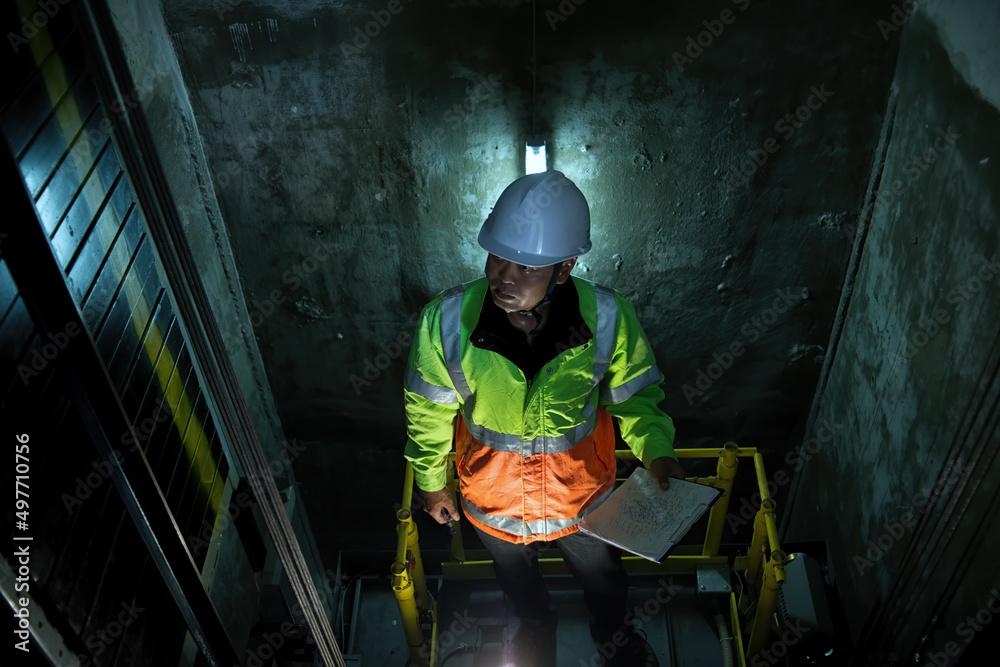Checking Out the Comprehensive Procedures Needed for Lift Upkeep
In the realm of building upkeep, making sure the appropriate functioning and safety and security of lifts is extremely important. The intricacy of elevator systems calls for a thorough strategy to upkeep. From regular assessments to calculated modernization strategies, an alternative view of upkeep is vital. In the ever-evolving landscape of lift innovation and safety requirements, there are thorough procedures that should be diligently followed to assure ideal efficiency and compliance. By attending to key elements such as aggressive upkeep schedules, security checks, and emergency preparedness, a comprehensive understanding of the details involved in lift maintenance can bring about enhanced effectiveness and safety and security.
Normal Inspections
When it comes to making sure the long life and safety and security of your lift system, normal inspections are critical. These routine checks play a critical duty in identifying any kind of possible concerns prior to they rise right into significant troubles, making certain the risk-free and smooth procedure of the lift. By carrying out routine assessments, upkeep teams can proactively deal with wear and tear, defective elements, or any other issues that may compromise the lift's efficiency or safety and security.
Throughout these assessments, trained experts thoroughly examine various aspects of the lift system, consisting of mechanical elements, electrical systems, safety attributes, and total architectural integrity (lift engineer). They look for indicators of wear, rust, leaks, or any kind of abnormalities that could show an issue. Additionally, they validate that all safety and security systems are functioning correctly and in conformity with policies. By spotting and resolving problems early on, these examinations assist avoid costly repairs, downtime, or safety hazards, inevitably expanding the life expectancy of the lift system and ensuring the health of its users.
Proactive Maintenance Schedules
Carrying out aggressive upkeep timetables is important for maximizing the effectiveness and durability of lift systems. By sticking to an aggressive upkeep approach, lift owners can attend to potential issues before they intensify right into significant troubles, inevitably reducing downtime and costly repair work. Proactive upkeep entails normal inspections, lubrication of moving parts, screening safety features, and replacing used parts. These scheduled maintenance tasks not only help in preventing breakdowns but also contribute to maintaining the lift's efficiency at optimum degrees.
A well-structured positive maintenance timetable must describe particular jobs, regularities, and responsible employees. When creating these timetables to make sure the lift operates securely and efficiently, it is critical to comply with manufacturer referrals and industry criteria. Furthermore, documenting maintenance tasks and keeping thorough records can provide useful insights into the lift's efficiency gradually, aiding in determining trends and making informed upkeep decisions.

Security Compliance Checks
Making certain safety conformity through complete checks is critical in keeping lift systems' reliability and guarding individual health. Security conformity checks involve a detailed analysis of various elements, consisting of electrical systems, mechanical components, emergency situation brakes, doors, and other important security attributes. These checks are important to identify any type of possible threats or malfunctions that might endanger the lift's procedure and put users in danger.
Routine safety compliance checks must be performed by qualified service technicians in adherence to sector laws and standards. These checks help in finding problems beforehand, permitting timely repairs and precautionary maintenance steps to be carried out. Moreover, maintaining thorough documents of safety and security compliance checks is critical for tracking the lift system's efficiency with time and showing conformity with safety guidelines.
Devices Upgrades and Innovation
Enhancing lift systems through tools upgrades and innovation is vital for improving performance and security standards in upright transportation. As modern technology developments, older lift systems may become out-of-date, bring about reduced reliability and possible safety threats. By purchasing tools upgrades and modernization, structure owners can make certain that their lifts satisfy existing market standards and laws.

In enhancement to operational advantages, tools upgrades and innovation tasks can also improve the visual appeals of the lift, supplying an extra contemporary and appealing experience for passengers. Ultimately, buying lift upgrades and innovation is a proactive method towards making certain the longevity, security, and efficiency of upright transport systems.
Emergency Preparedness Planning
An effective emergency preparedness plan is vital for ensuring the safety and swift feedback in case of unexpected events including lift systems. Emergency preparedness planning here for lift systems includes an organized strategy to mitigate threats, ensure passenger safety, and lessen downtime during emergency situations.
Key parts of an emergency situation preparedness prepare for lifts include clear communication procedures, regular training for lift operators on emergency treatments, and regular drills to examine the performance of the strategy. lift and engineering services. Furthermore, the plan should outline details duties and duties for all stakeholders included, including structure administration, maintenance personnel, and emergency situation -responders
In the event of a lift malfunction or entrapment, having a distinct emergency plan can aid in working with a timely and effective response to make certain the security and well-being of guests. Prompt communication, accessibility to emergency equipment such as interaction devices and emergency situation illumination, and knowledge of discharge procedures are essential facets of an extensive emergency situation preparedness prepare for lift systems. By focusing on emergency readiness preparation, building supervisors can improve the total security and reliability of their lift systems.
Final Thought
Finally, the extensive measures required for lift maintenance include normal inspections, proactive upkeep schedules, security conformity checks, equipment upgrades and innovation, and emergency situation readiness preparation. These steps are essential for making sure index the safety, dependability, and performance of lifts in various setups. By applying these steps, lift proprietors can decrease the risk of accidents, extend the life-span of their tools, and abide by market laws.

Throughout these inspections, trained experts extensively analyze different elements of the lift system, consisting of mechanical components, electrical systems, safety functions, and general architectural honesty.Making certain safety compliance through extensive checks is vital in keeping lift systems' integrity and guarding customer health. Maintaining in-depth records of safety compliance checks is essential for tracking the lift system's useful content performance over time and demonstrating conformity with safety and security laws.
By focusing on emergency situation readiness preparation, building managers can enhance the overall safety and security and integrity of their lift systems.